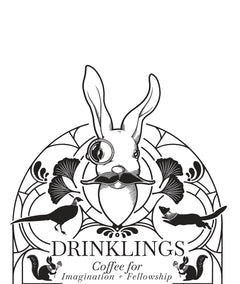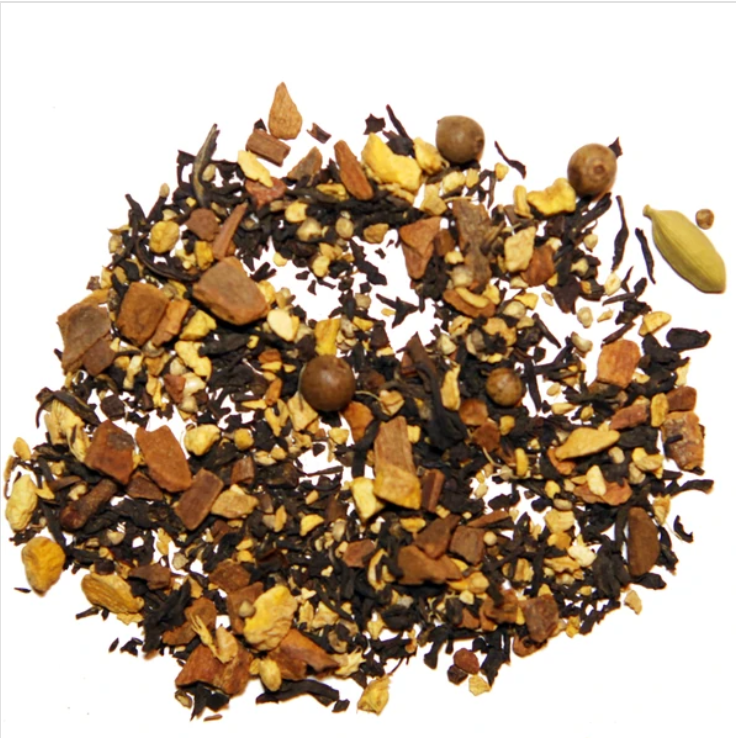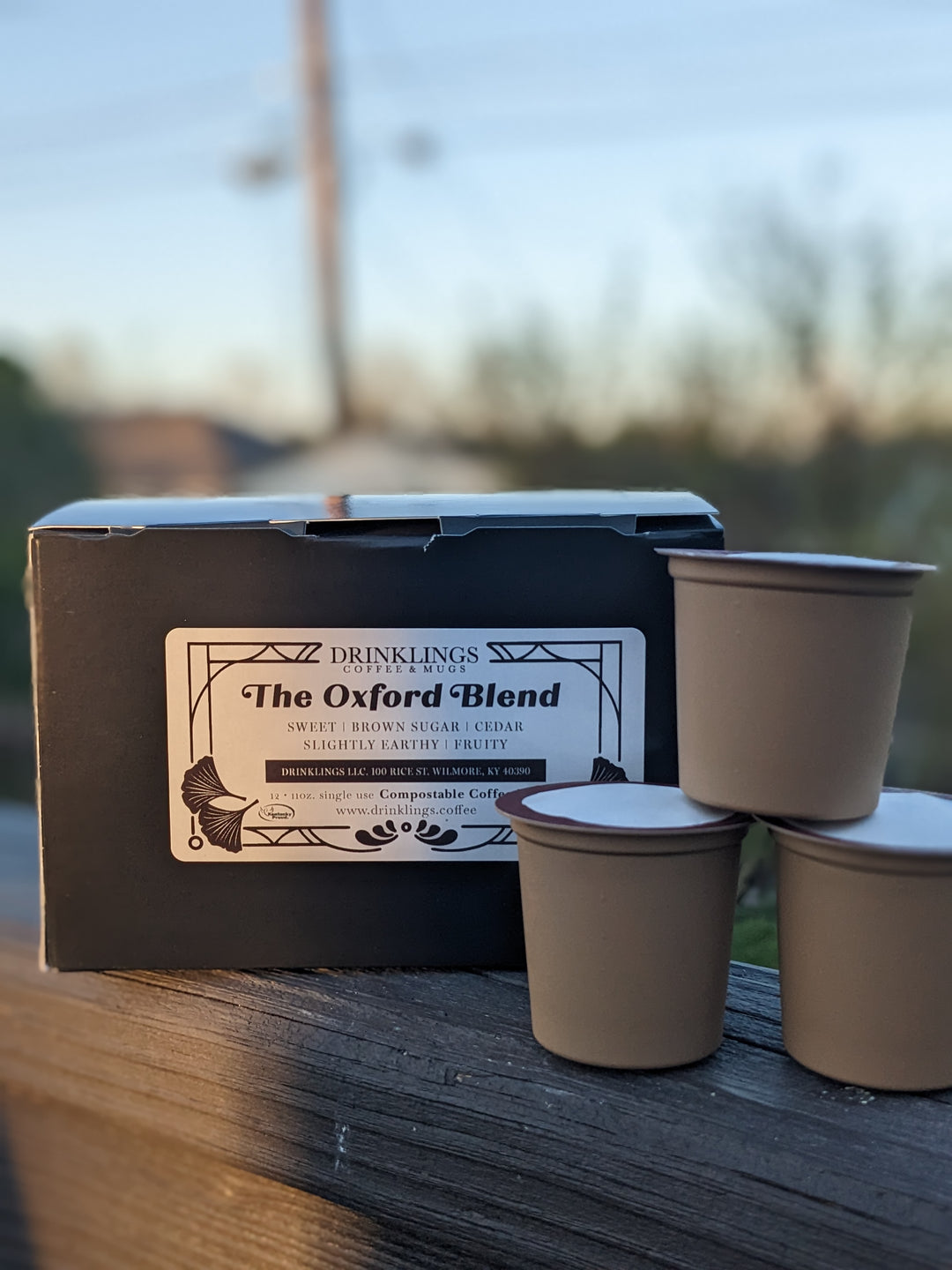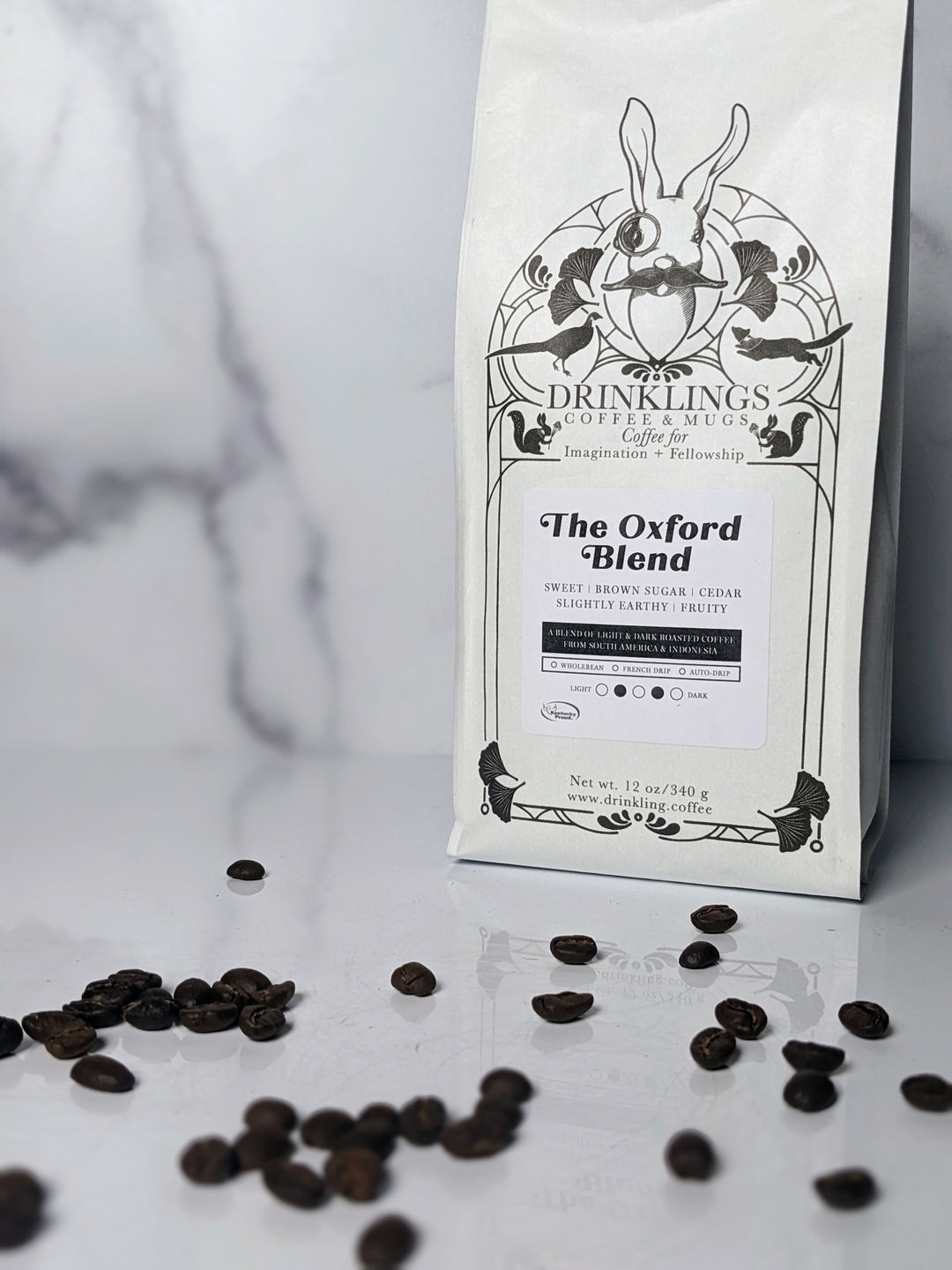Coffee School 101: A Tale of Two Coffees
When somebody comes into the Drinklings coffee shop and orders a cup of coffee, there’s usually a general exchange that takes place:
Me: “How can I help you?”
Customer: “I’d like a coffee please.”
Me: “Sure! What kind?”
Customer: *Blank stare*
This is not everybody but, yes, it happens...A LOT! And unfortunately, most people think by kind we mean light, medium, or dark.
Now that I’ve given you that impression that I’m that coffee snob that you hate, let me try and win you back around. I’m really not that snobbery. :) But just like a good pipe tobacco, a good beer, or a good book, there’s beauty in the diversity and subtly.
There are, to date, over 120 different varieties of coffee (129 to be exact, according to the work of Kew Gardens in London). But usually when we say “coffee” we mean one of two kinds of coffee: arabica or robusta.
Arabica is what we would consider good coffee! Now, of course, there’s a number of ways that an Arabica coffee can become a really terrible coffee, but in general Arabica is considered the better quality of the two species. It is grown at a higher location (above 3,000 feet), has a longer time frame for maturity, and generally is grown at cooler temperatures.
Robusta is what we would consider………….well, I know some people who like their coffee from a can, so perhaps I will refrain from my adjectival description of it. BUT, robusta is considered by almost everyone in the coffee industry a sub-par coffee. It’s grown at low altitudes (sometimes sea level), at higher temperatures, and doesn’t have as long of a rate of maturity as its cousin. It’s also more resistant to crop diseases. 
Think of the Robusta coffee market like the mass chicken market -- it can be substantially produced and is far cheaper to grow than Arabica. And it tastes a bit like burnt plastic?
Most people today have to figure out where to cut costs. We get it. Arguably, it was cheaper for us to start a coffee roasting business than it is to buy some brands of specialty coffee today (albeit, Drinklings aims to keep our prices reasonably competitive). But that is why 40% of today’s coffee is Robusta. So Robusta, even as a sub-par coffee, often wins the market because it fits into a budget a bit better.
But it is not the coffee that most of us think about when we think about a good cup of coffee. And it’s usually not the one that speciality roasters specialize in (pun intended). This tale of two coffees should be considered when evaluating the quality of your coffee. Are you a Robusta fan or an Aribica fan?




